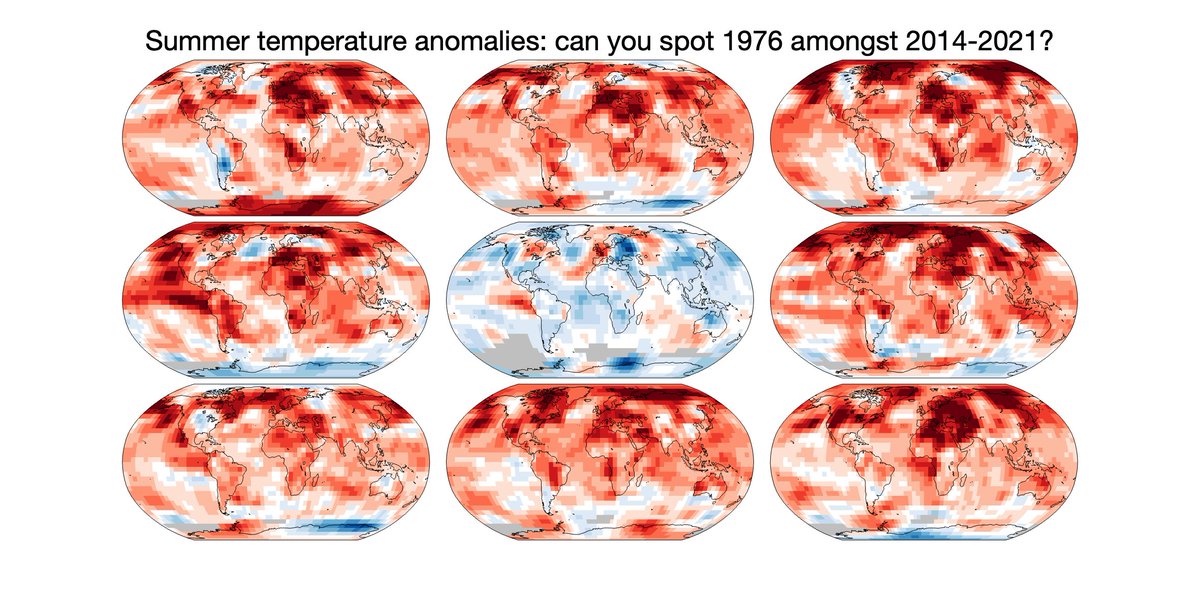
As expected, the new #readingfc home kit has provoked some strong reactions!
- Love it!
- Like the idea but not the design
- Worst kit ever!
Whatever your view, the kit has started a conversation.
So, what do the sleeves represent and what does the science say?
- Love it!
- Like the idea but not the design
- Worst kit ever!
Whatever your view, the kit has started a conversation.
So, what do the sleeves represent and what does the science say?

The sleeve colours represent the change in annual temperature in Reading, with one stripe per year. Red for hotter years.
Since the club was founded in 1871, temperatures in Berkshire have risen 1.5°C.
This is primarily due to us burning fossil fuels such as coal, oil & gas.
Since the club was founded in 1871, temperatures in Berkshire have risen 1.5°C.
This is primarily due to us burning fossil fuels such as coal, oil & gas.

None of this is controversial.
The science is clear and has been understood for decades.
Every national government recognises that rising temperatures are caused by our actions & that these bring severe consequences which we should avoid.
But what actions need to be taken?
The science is clear and has been understood for decades.
Every national government recognises that rising temperatures are caused by our actions & that these bring severe consequences which we should avoid.
But what actions need to be taken?
To stop the planet from warming further we need to cut global emissions of greenhouse gases to almost zero.
The quicker we do this, the less bad are the consequences.
Every country needs to act, & every person will need to make some changes.
Football needs to play its part.
The quicker we do this, the less bad are the consequences.
Every country needs to act, & every person will need to make some changes.
Football needs to play its part.
Making the necessary changes can be hard. For example, the @ReadingFC shirt sponsor is a car leasing company. How is this consistent?
In the UK all sales of new cars will be electric from 2030 onwards (or possibly hybrid until 2035). This is set in legislation. Change is coming.
In the UK all sales of new cars will be electric from 2030 onwards (or possibly hybrid until 2035). This is set in legislation. Change is coming.
This kit choice is the start of a journey. All businesses are going to need to make changes, and many will save money by doing so. But changes are also required in legislation to enable and encourage better choices.
The UK has decided to be net-zero carbon emissions by 2050 and a ‘citizens assembly’, representing the whole population, recently discussed how to achieve this.
You can read their report: climateassembly.uk/report/
You can read their report: climateassembly.uk/report/
• • •
Missing some Tweet in this thread? You can try to
force a refresh













